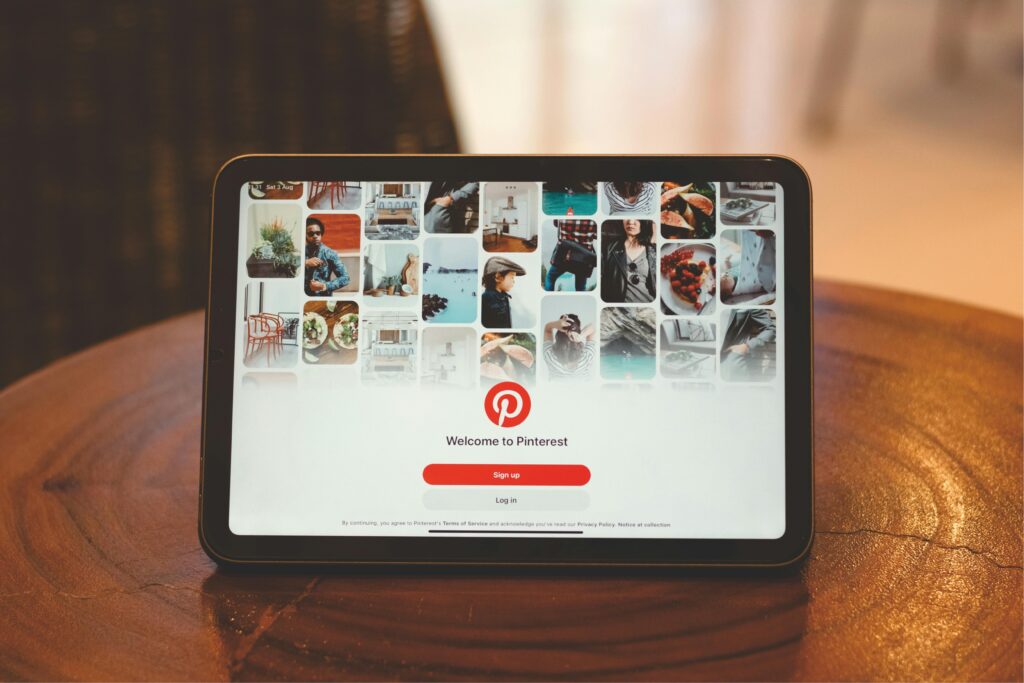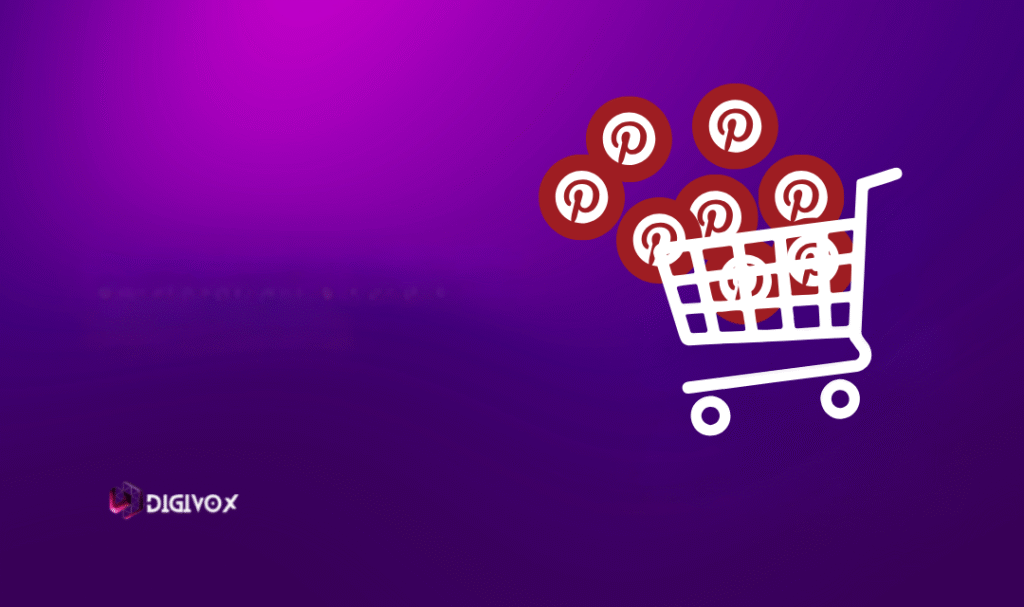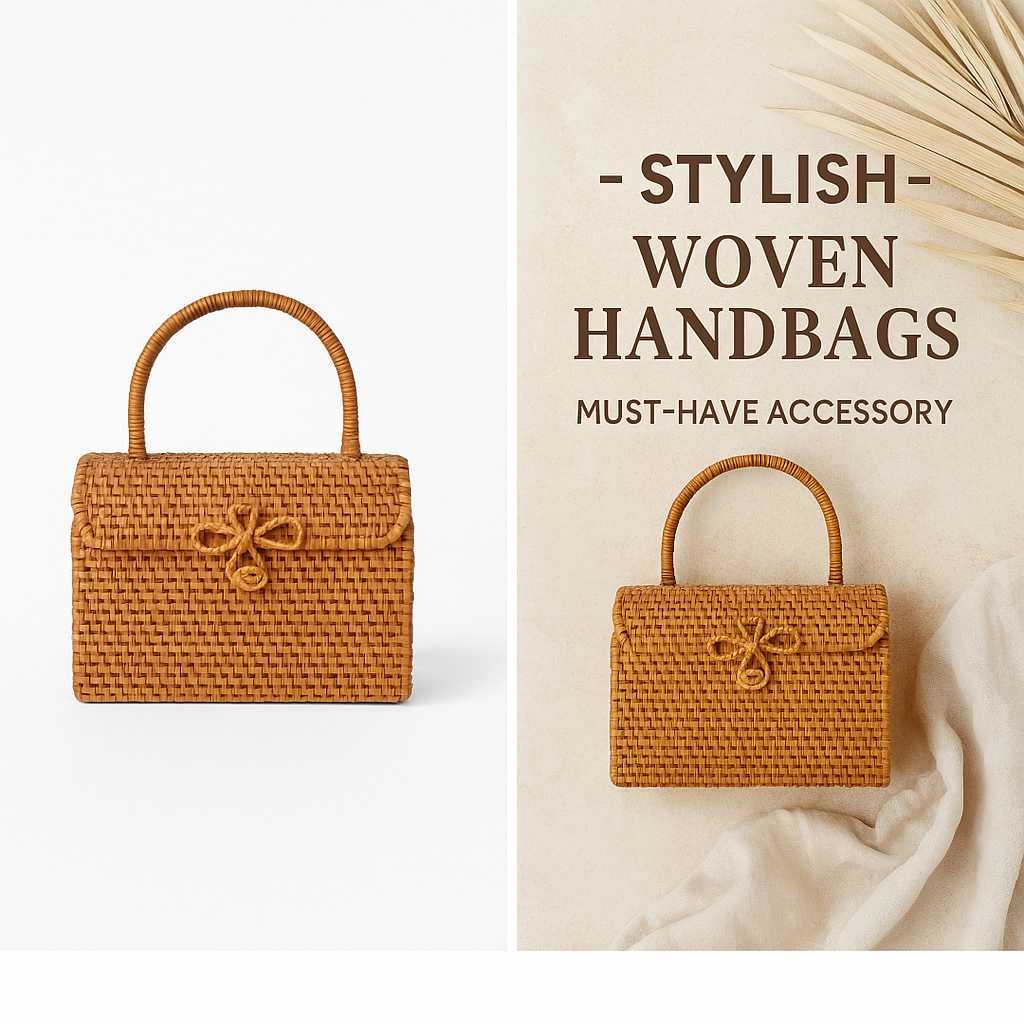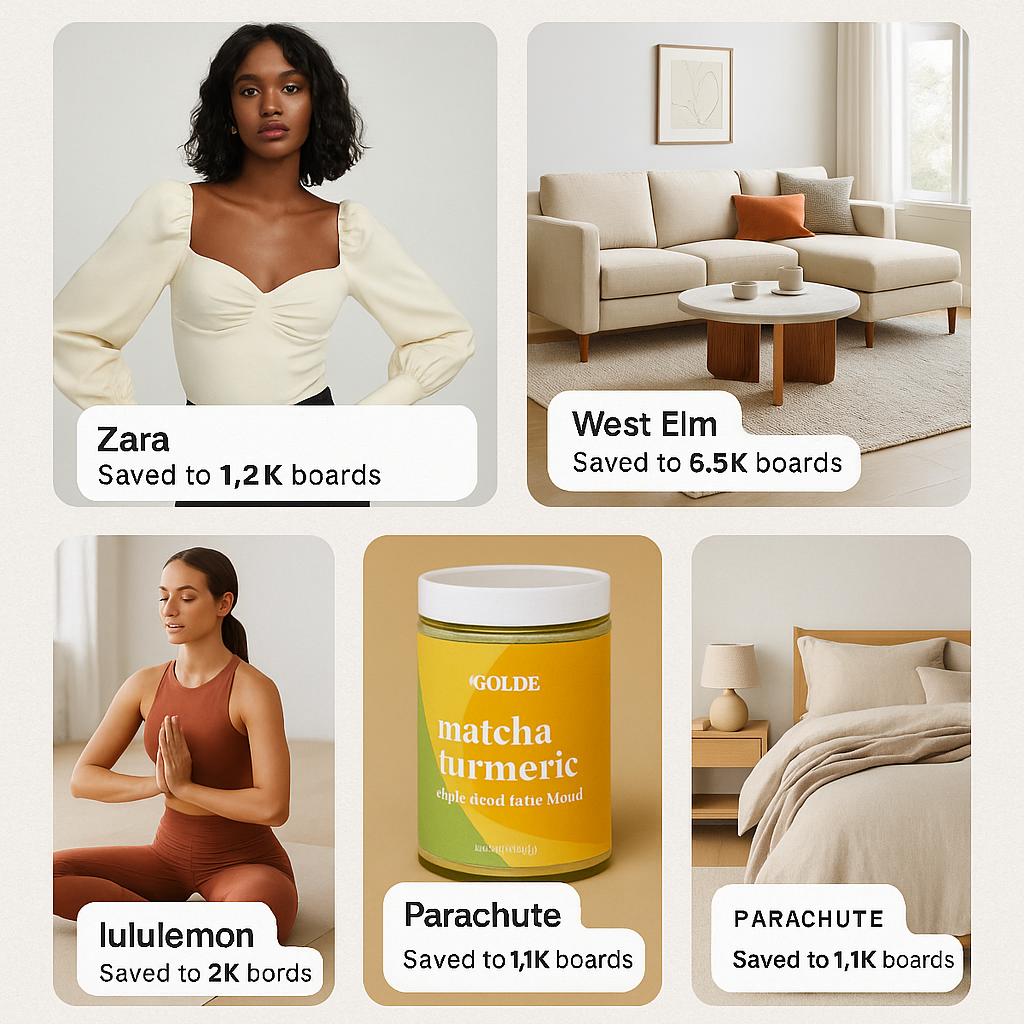
You know that moment when you’re just casually scrolling through Pinterest—maybe looking for “aesthetic desk setup” ideas—and suddenly, you’re adding a minimalist lamp, a wall grid, and a ceramic mug to your shopping cart?
Yeah. That’s the power of visual discovery. And Gen Z? They’re doing it daily.
Unlike older generations who search when they need something, Gen Z browses Pinterest with a vibe in mind. They’re not just shopping—they’re curating a lifestyle. Their boards are filled with outfit ideas, skincare routines, dorm inspo, and gift guides—and nestled inside those dreamy pins are real products waiting to be clicked.
If you’re a brand or business trying to reach this crowd, Pinterest isn’t just a nice-to-have—it’s a goldmine. This post is your guide to tapping into Gen Z’s scroll-to-shop habits using smart pin design, powerful tools, and a strategy that converts.
Ready to turn their saves into sales? Let’s get into it.
The Scroll That Sparked a Sale
A few months ago, a Gen Z customer found a product she didn’t even know she needed—through Pinterest. She had been casually scrolling through dorm decor ideas for her new apartment when she stumbled across a pin of a minimalist wall shelf. With one click, she discovered the brand’s full collection, browsed user reviews, saved it to a board, and bought it later that week.
This isn’t a rare moment—it’s exactly how Gen Z shops today.
If you’re not leveraging Pinterest to connect with this visually driven, discovery-focused audience, you could be missing out on a major opportunity. Unlike other platforms where ads feel like interruptions, Pinterest invites product discovery. It’s not just social media; it’s a visual search engine, a wishlist, and a shopping assistant all rolled into one.
In this guide, we’ll walk through what makes Pinterest such a powerful shopping hub for Gen Z—and exactly how you can use it to drive product discovery, traffic, and conversions.
Why Is Gen Z Shopping on Pinterest Differently?

Gen Z approaches shopping differently than any generation before them. They’re not starting with store visits or straightforward Google searches. Instead, they begin with inspiration—scrolling, saving, and curating what speaks to their personal style. And that’s exactly where Pinterest shines.
To better understand how Gen Z is reshaping online shopping across platforms, you might also want to explore this Video Content Strategy to Maximize Engagement.
Unlike Instagram or TikTok, which are more entertainment-based, Pinterest is built around intention. Gen Z users aren’t just browsing—they’re planning. Whether it’s future travel, home setups, fashion aesthetics, or personal goals, every pin is part of a bigger picture they’re curating for themselves.
They’re also more value-driven. Gen Z wants to support brands that align with their aesthetics and values—whether that’s sustainability, inclusivity, or innovation. Pinterest allows them to visually explore those options on their terms, without the pressure of hard-sell ads.
If you’re wondering whether Gen Z is really spending time on Pinterest: yes, they are. According to Pinterest’s own stats, Gen Z is one of the platform’s fastest-growing demographics—and they’re not just saving pins. They’re shopping.
How Do You Optimize Pins for Product Discovery?

You wouldn’t toss a product on a shelf without styling it, right? Your pins deserve the same kind of care. Gen Z is drawn to content that feels authentic, aspirational, and visually cohesive—and Pinterest is the perfect playground for that.
Start by designing vertical pins (2:3 ratio) that showcase your product in context. Think: a styled photo of your planner on a cozy desk setup, or your skincare line placed inside a cute shelfie moment—bonus points for neutral tones, soft lighting, or text overlays that match your brand aesthetic.
Next, write strong pin titles and descriptions using searchable keywords. Gen Z users are using Pinterest more like a search engine—typing things like “aesthetic study spaces” or “clean girl beauty routine.” If your pins don’t show up in those results, you’re missing the moment.
And don’t forget about saving your own pins to relevant boards. Boards with themes like “My Fall Wardrobe,” “Home Goals,” or “Skincare Staples” help users discover your content. Gen Z loves a good mood board—and your pins should fit seamlessly into theirs.
What Tools Can You Use to Sell on Pinterest?

Pinterest has been quietly turning into a full-on shopping platform—and if you haven’t explored its built-in tools yet, now’s the time. You don’t need a huge budget to get started, just the right setup.
Here are a few features that make it easier to turn pins into purchases:
- Product Pins: These are enriched with real-time pricing, availability, and links that lead directly to your product page. Pinterest pulls this info from your website once you upload your product catalog.
- Pinterest Catalogs: You can upload your product feed to Pinterest, which then turns your items into shoppable pins automatically. This works especially well for ecommerce sites on Shopify or WooCommerce.
- Shop Tab on Your Profile: Once your account is verified as a merchant, Pinterest adds a dedicated “Shop” tab to your profile. Gen Z users can now browse your full product range without leaving the app.
- Pinterest Trends Tool: Want to know what’s trending in your niche? This free tool lets you search by keyword and see when specific terms peak in popularity—so you can plan campaigns that align with seasonal searches.
If you’re not sure where to start, begin by claiming your website and applying for the Verified Merchant Program. This builds trust, unlocks advanced features, and boosts your brand’s visibility in search results.
What Kind of Content Works Best for Gen Z on Pinterest?

Gen Z isn’t just looking for “pretty”—they want purpose. They gravitate toward content that’s both aspirational and attainable. So if your pins only show polished product shots with no story, you’re probably not getting their attention.
Focus on content that feels like a real-life moment:
- Lifestyle pins showing your product in use
- Aesthetic flat lays or behind-the-scenes snaps
- DIY tutorials or “how to style it” posts
- Micro-influencer collaborations that feel peer-to-peer
A great example? A small sustainable fashion brand that posted a series of outfit ideas using their capsule collection. Each pin is linked to a blog post or product page. The result? Not just saves, but sales.
Want to see more examples of brands using Pinterest well? Check out these Pinterest brand success stories.
How Can You Turn Pins Into Traffic and Sales?

Pinterest isn’t just about vibes—it’s a major traffic driver when done right. The key is making sure each pin leads to a high-converting destination. That means your landing pages should be mobile-friendly, fast-loading, and match the aesthetic of the pin.
Use link tracking (like UTM parameters or Pinterest analytics) to see which pins bring the most clicks. That way, you can double down on what works and stop wasting time on what doesn’t.
Also, don’t underestimate the power of repinning and resharing. When you pin regularly—and space your content across themed boards—it creates more chances for visibility in search. Consider scheduling your pins using a tool like Tailwind, which helps you stay consistent without spending hours each week.
Looking for more ways to increase post-level engagement? Discover how Digivox Global can help you boost your post engagement.
FAQs About Selling to Gen Z on Pinterest
Do Gen Z users actually buy from Pinterest?
Yes—especially when the content feels authentic. They often discover a product, save it to a board, and come back to buy later. Pinterest helps them plan purchases, not just browse.
What’s the best pin format for product-based brands?
Vertical image pins with lifestyle photos perform best. Add a clear CTA and optimize your title/description for keyword search.
How many pins should I post per week?
Consistency matters more than volume. Start with 3–5 well-designed pins per week and repurpose content across multiple boards.
Can Pinterest work if I don’t have a physical product?
Absolutely. If you’re a service-based business or digital creator, use pins to share blog posts, lead magnets, or aesthetic tips that drive users to your site.
The Future of Visual Commerce Is Already Here
Pinterest isn’t just a platform for planning weddings or collecting recipes anymore—it’s a dynamic space where discovery turns into desire, and desire turns into sales. And for Gen Z, who shops with their eyes and saves with intention, Pinterest is the digital storefront they trust.
If you want to grow your brand with Gen Z in mind, now’s the time to start optimizing for Pinterest. Use the tools. Track the trends. Create the kind of content that fits seamlessly into their lives—and their boards.
And if you need help building a strategy that feels aligned with your brand (not just trendy), our team at Digivox Global is ready to help you show up where Gen Z is already shopping.

